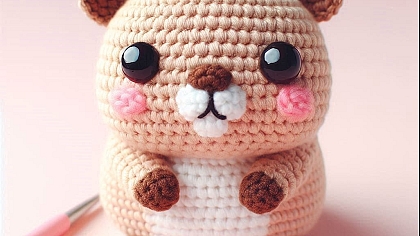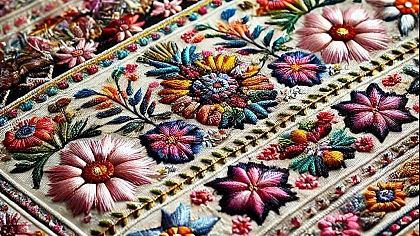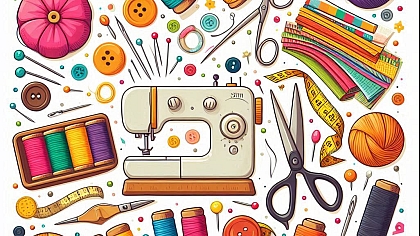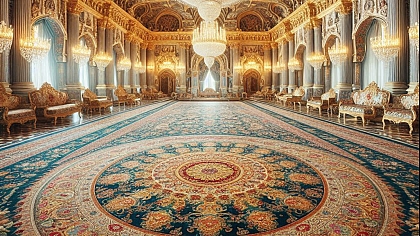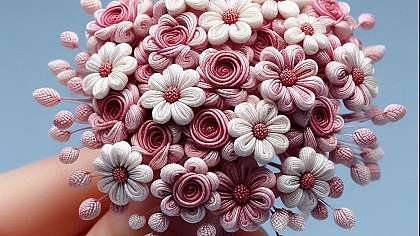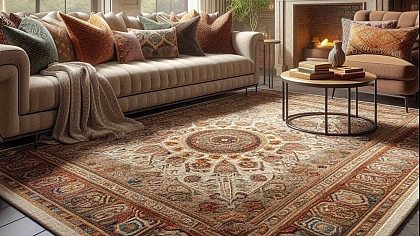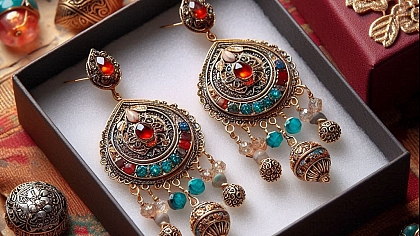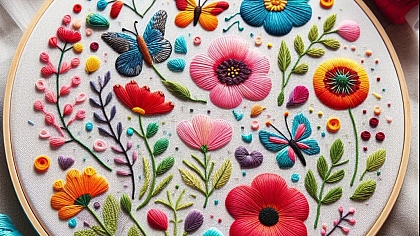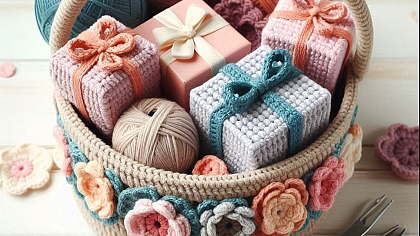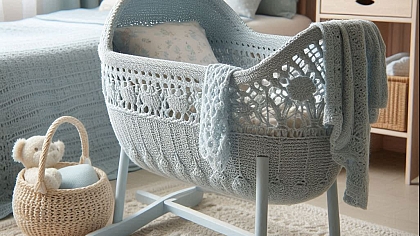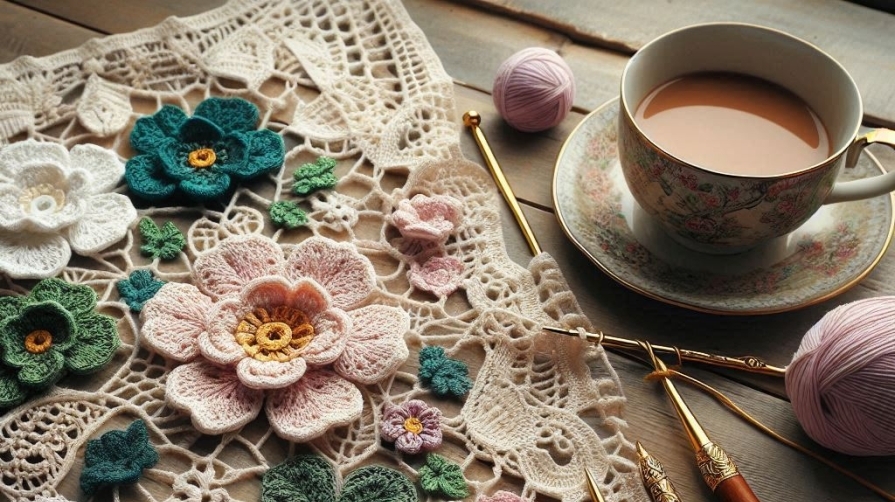
Exploring Global Crochet Traditions: Patterns and Techniques from Around the World
Crochet, a craft that involves creating fabric by interlocking loops of yarn with a crochet hook, has deep roots in cultures across the globe. Each region boasts unique patterns and techniques, reflecting its history, environment, and traditions. This article delves into the rich tapestry of global crochet practices, showcasing the diversity and beauty of this beloved art form.
The Origins of Crochet: A Brief History
While the exact origins of crochet are debated, it is widely believed that the craft evolved from traditional practices in Arabia, South America, and China. Early examples of crocheted fabric are hard to pinpoint due to the perishable nature of yarn, but references and illustrations from the 19th century suggest that crochet gained popularity in Europe during the Victorian era. It spread quickly, becoming a favorite pastime and a source of income for many.
Irish Lace: The Delicate Art of Irish Crochet
One of the most famous crochet traditions hails from Ireland. Irish crochet lace emerged during the mid-19th century as a response to the Great Famine. Women and children crafted intricate lace patterns that were sold across Europe and America, providing much-needed income. Irish crochet lace is characterized by its fine, delicate motifs, often in floral designs, and its use of thin threads and small hooks.
Irish crochet lace typically includes flowers, leaves, and vines in its designs. The technique often involves creating individual motifs that are later joined together with a mesh background, adding to its complexity and beauty. The materials used are usually fine cotton or linen thread and small hooks, which allow for the intricate detailing that defines this style.
Japanese Amigurumi: The Art of Crocheted Toys

In Japan, crochet is known for the art of amigurumi, the crafting of small, stuffed yarn creatures. This tradition, which became popular in the early 2000s, reflects Japanese culture’s emphasis on cuteness, or "kawaii." Amigurumi typically features whimsical animals and characters with exaggerated facial features, giving them a distinctive charm.
The technique involves crocheting in the round to create a seamless, three-dimensional form. This method not only enhances the aesthetic appeal but also ensures the durability of the toys. Amigurumi uses a variety of yarns and hooks, with synthetic fibers often preferred for their softness and range of colors.
Scandinavian Crochet: Warmth and Functionality
Crochet in Scandinavian countries like Norway, Sweden, and Denmark is often associated with practical items designed to provide warmth during the cold winters. This includes items like blankets, hats, scarves, and mittens. Scandinavian crochet patterns are known for their simplicity and functionality, yet they still incorporate beautiful, geometric designs often inspired by nature.
These patterns frequently utilize techniques like colorwork, where multiple colors of yarn are used to create intricate patterns within the fabric. Wool is a common material, valued for its insulating properties. The emphasis on both form and function reflects the Scandinavian design ethos, which values minimalism and practicality.
South American Crochet: Vibrant and Diverse

South America boasts a rich variety of crochet traditions, each reflecting the cultural heritage of its region. In Peru and Bolivia, crochet is often used to make colorful clothing and accessories, such as ponchos, hats, and bags. These items are typically adorned with bright colors and intricate patterns that reflect the vibrant culture and natural beauty of the Andes.
In Brazil, crochet is an integral part of fashion, with artists creating everything from beachwear to elegant dresses. Brazilian crochet often features bold patterns and creative designs, using a variety of yarns, from lightweight cotton to more luxurious materials like silk. The diversity of crochet styles in South America showcases the adaptability and creativity of the craft.
African Crochet: Tradition and Modernity
Crochet in Africa is a blend of traditional techniques and contemporary styles. In countries like Kenya and Uganda, crochet is used to create items ranging from practical household goods to fashionable accessories. The craft often incorporates local materials and motifs, creating a unique fusion of old and new.
In South Africa, crochet is part of a larger movement of handmade crafts that empower local communities, particularly women. These projects often emphasize sustainability, using recycled materials to create beautiful and functional items. The vibrant colors and patterns used in African crochet reflect the continent's rich cultural diversity and artistic heritage.
The Universal Language of Crochet
Crochet is a universal craft that transcends cultural boundaries, yet it also serves as a canvas for expressing cultural identity. From the delicate lace of Ireland to the playful amigurumi of Japan, crochet traditions around the world highlight the creativity and ingenuity of artisans everywhere. By exploring these diverse techniques and patterns, we not only appreciate the beauty of crochet but also gain a deeper understanding of the cultures that nurture this timeless art form.

